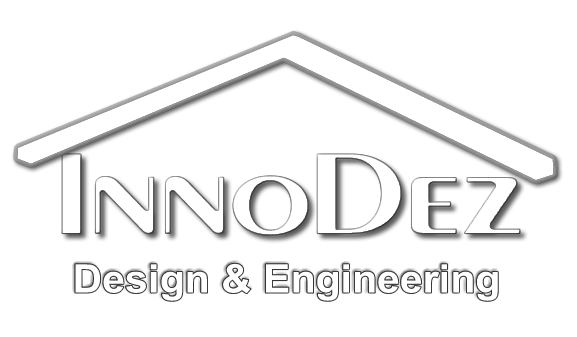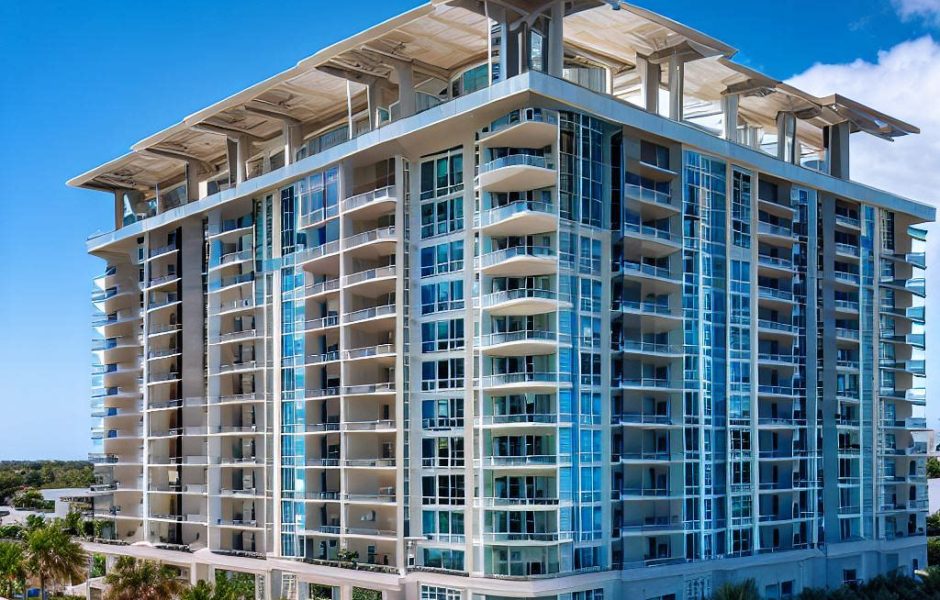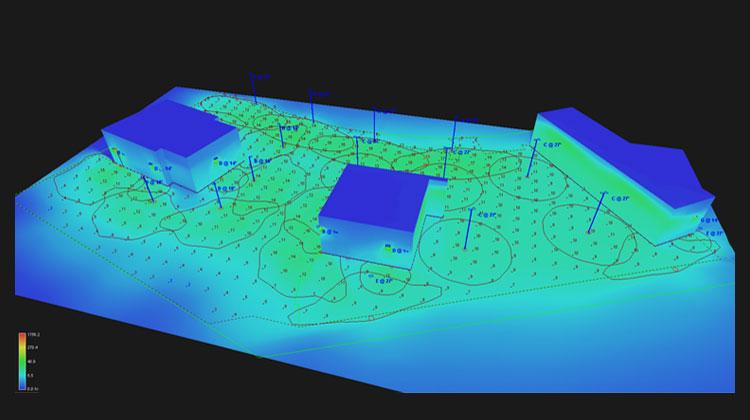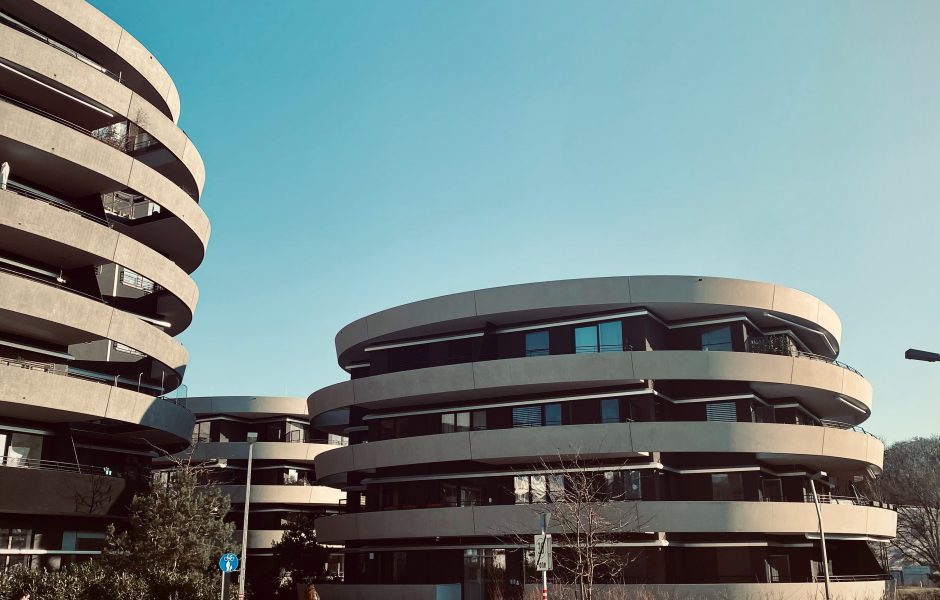In the dynamic world of urban development, mixed-use buildings have emerged as the architectural embodiment of modernity and innovation. These
Efficient commercial MEP design is essential for ensuring smooth operations and optimal performance in commercial buildings. Whether it’s an office space, a retail store, or a manufacturing facility, a well-designed mechanical, electrical, and plumbing (MEP) system is key to achieving energy efficiency, cost savings, and occupant comfort. In this article, we will explore the five key components that make up an efficient commercial MEP design.
Importance of Efficient MEP Design
Efficient MEP design is vital for commercial buildings as it directly impacts the overall performance, energy consumption, and cost-effectiveness of the facility. A well-designed MEP system ensures a comfortable and productive indoor environment while minimizing energy waste and reducing operational expenses. By incorporating the following key components into the design process, companies can achieve an optimal MEP system that meets their specific needs.

Key Component 1: HVAC System Design
The first key component of an efficient commercial MEP design is the HVAC system. A properly designed heating, ventilation, and air conditioning (HVAC) system ensures a comfortable indoor environment by maintaining the desired temperature, humidity levels, and air quality. Additionally, an efficient HVAC system can significantly reduce energy consumption and lower utility costs.
To achieve an efficient HVAC system design, several factors must be considered. These include load calculations to determine the heating and cooling requirements, proper equipment selection, and effective air distribution through well-designed ductwork. Additionally, incorporating smart controls and advanced technologies such as variable speed drives and energy recovery systems can further enhance the system’s efficiency.
Key Component 2: Electrical System Design
Electrical systems play a vital role in commercial buildings, powering various equipment, lighting, and other electrical devices. A well-designed electrical system ensures reliable power distribution, meets the facility’s power demands, and ensures safety for both the building and its occupants.
Efficient electrical system design involves determining the electrical load requirements, selecting the appropriate distribution equipment, and optimizing the system layout for efficient power distribution. Additionally, incorporating energy-efficient lighting fixtures, occupancy sensors, and daylight harvesting techniques can further enhance the system’s efficiency and reduce energy consumption.
Key Component 3: Plumbing System Design
Plumbing systems are another essential component of commercial MEP design. These systems are responsible for handling the water supply, drainage, and waste disposal needs of the building. Efficient plumbing system design ensures proper sizing and layout of pipes and fixtures, minimizing water usage and optimizing water flow.
To achieve an efficient plumbing system design, factors such as water demand calculations, pipe sizing, and fixture selections must be carefully considered. Additionally, incorporating water-saving fixtures, such as low-flow toilets and faucets, and implementing water reuse strategies can further enhance water conservation and reduce operating costs.
Key Component 4: Fire Protection System Design
Fire protection systems are crucial for the safety of the building and its occupants. An efficient fire protection system design includes fire detection, suppression, and evacuation systems. These systems are designed to detect and extinguish fires quickly, minimizing potential damage and ensuring the safe evacuation of occupants.
To achieve an efficient fire protection system design, factors such as fire risk assessments, proper placement of fire alarms and extinguishers, and effective evacuation routes must be considered. Additionally, integrating advanced technologies such as fire suppression systems, smoke control systems, and emergency lighting can further enhance the system’s efficiency and ensure maximum safety.
Key Component 5: Lighting Design
Proper lighting design significantly contributes to the overall efficiency and occupant comfort in commercial buildings. An efficient lighting design ensures adequate illumination levels while minimizing energy consumption and reducing glare.
To achieve an efficient lighting design, factors such as lighting calculations, fixture selection, and control strategies must be considered. Incorporating energy-efficient lighting fixtures, such as LED lights, along with smart lighting controls and daylight harvesting techniques, can significantly reduce energy consumption and enhance the overall efficiency of the lighting system.
Integration and Coordination of MEP Systems
To achieve optimal efficiency, it is crucial to integrate and coordinate all MEP systems effectively. A well-coordinated MEP design ensures that the different components work harmoniously together, minimizing conflicts, and maximizing overall system efficiency.
Integrating MEP systems involves proper communication and coordination between the different design disciplines, including architects, engineers, and contractors. This coordination ensures that the HVAC, electrical, plumbing, fire protection, and lighting systems are designed to complement each other, resulting in a seamless and efficient MEP design.
Benefits of Efficient MEP Design in Commercial Buildings
Efficient MEP design offers numerous benefits for commercial buildings. These include:
- Energy Efficiency: An efficient MEP design significantly reduces energy consumption, resulting in lower utility costs and a smaller carbon footprint.
- Cost Savings: By minimizing energy waste and optimizing system performance, efficient MEP design helps reduce operational expenses and maintenance costs.
- Enhanced Occupant Comfort: A well-designed MEP system ensures a comfortable indoor environment, improving occupant productivity and satisfaction.
- Sustainability: Incorporating sustainable and renewable energy solutions, such as solar panels or geothermal systems, further enhances the efficiency and sustainability of the MEP design.
- Compliance with Regulations: Efficient MEP design ensures compliance with building codes and regulations, ensuring the safety and well-being of occupants.
Conclusion
Efficient MEP design is crucial for commercial buildings to achieve energy efficiency, cost savings, and occupant comfort. By incorporating proper HVAC system design, efficient electrical and plumbing systems, effective fire protection systems, and optimized lighting design, companies can ensure that their commercial MEP design is efficient, reliable, and cost-effective. Additionally, integrating and coordinating all MEP systems ensures seamless operation and maximum efficiency. By prioritizing efficient MEP design, commercial buildings can enjoy the numerous benefits it offers, ranging from reduced energy consumption and costs to enhanced occupant satisfaction and sustainability.




About Author
Xhuljo Jakup